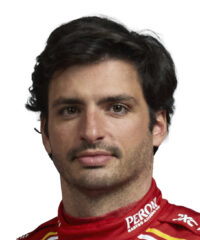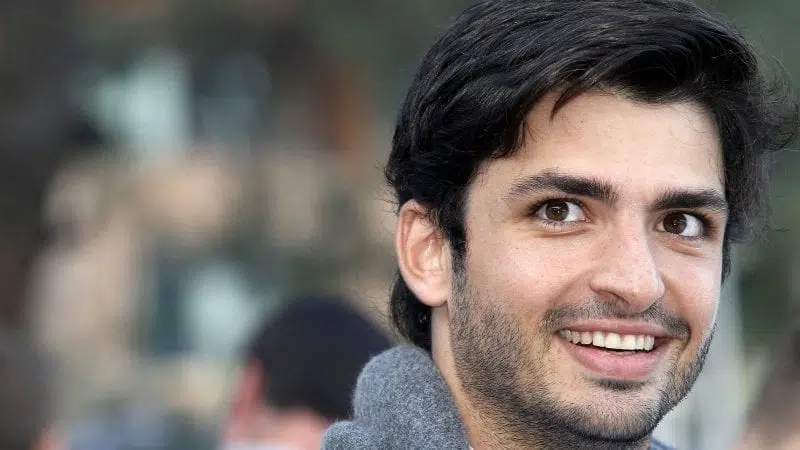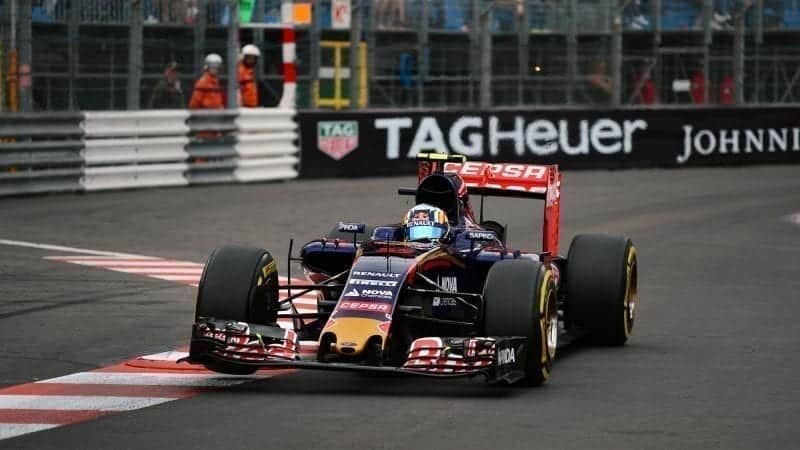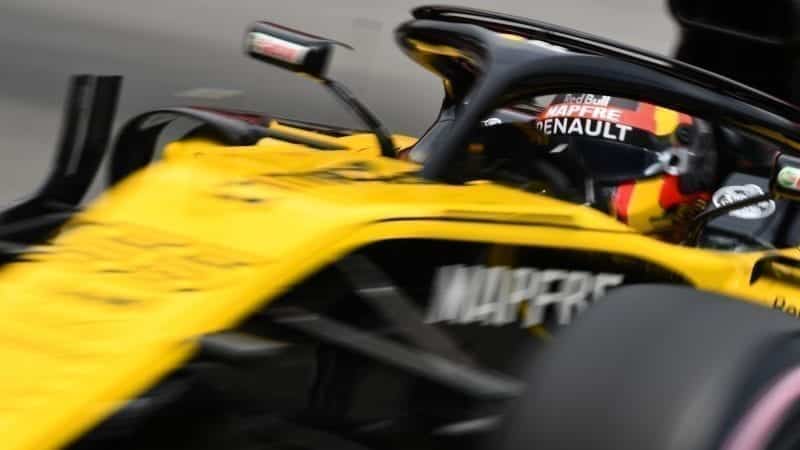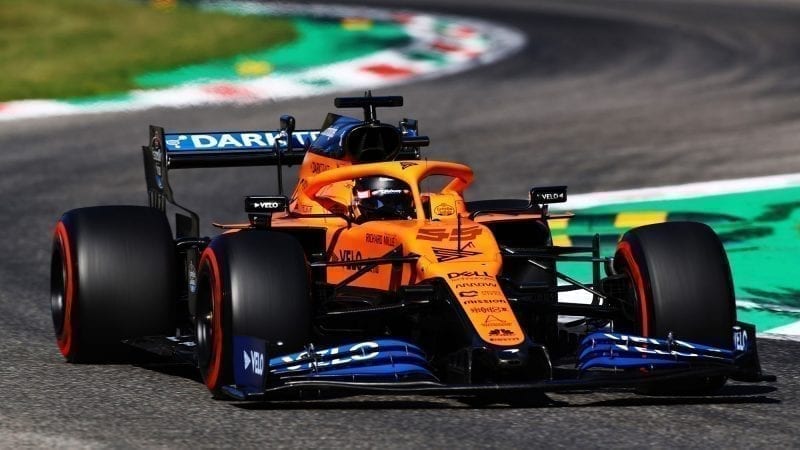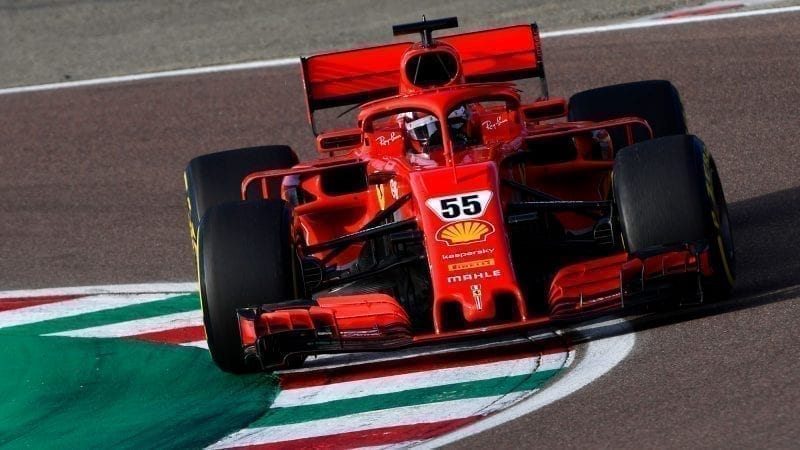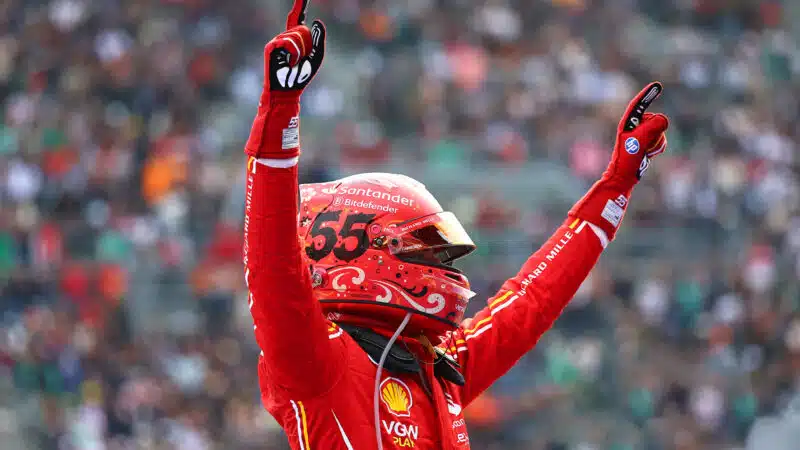A move to Formula 3 followed in 2012 when driving Carlin’s Dallara F312-Volkswagen. It was an inconsistent campaign although he impressed on occasion – especially in the wet. Four victories included a double success at Monza as Sainz finished fifth in the European standings and sixth in Britain.
Sainz joined MW Arden for the 2013 GP3 series but was overshadowed by team-mate Kvyat. While the Russian eventually eased to the title to earn an F1 seat for the following season, Sainz could only finish 10th overall after scoring just two podiums all season. He also made his F.Renault 3.5 debut during 2013 and looked to that series for progress at what was already a crucial stage of his career.
Formula Renault 3.5 – no margin for error
His first full F.Renault 3.5 season was with reigning champions DAMS and he responded with a record breaking campaign. The rookie won seven times during 2014 as he clinched the title exactly 24 years after his father had won the World Rally Championship for the first time. With future plans still unclear (seemingly having been usurped by Max Verstappen in Red Bull’s junior ranks), Sainz tested a Red Bull RB10-Renault at Abu Dhabi after the final Grand Prix. He impressed sufficiently to be promoted to the sister Toro Rosso team for the 2015 Formula 1 season.
Formula 1 – impressing with Toro Rosso and Renault
Team-mate Max Verstappen stole the headlines during the 2015 F1 World Championship due to his age and raceday heroics but Sainz also enjoyed a noteworthy campaign. Seventh on the grid for his debut in Australia and in the points that race and the next, Sainz then qualified fifth for his home race. Indeed, it was his single lap pace which proved most impressive – the Spaniard out-qualifying his highly rated team-mate over the season. However, reliability issues plus accidents in Russia and the United States too often thwarted the chance of further points finishes.
He flourished during a consistent 2016 campaign despite his Toro Rosso STR11 now being powered by a year-old Ferrari power unit. Having compared favourably with Verstappen before the Dutchman’s promotion to Red Bull Racing, Sainz then overshadowed the demoted Daniil Kvyat for the remainder of the season. He finished sixth at Barcelona, Austin and Interlagos – his best F1 results so far – despite STR’s slow technical development.
